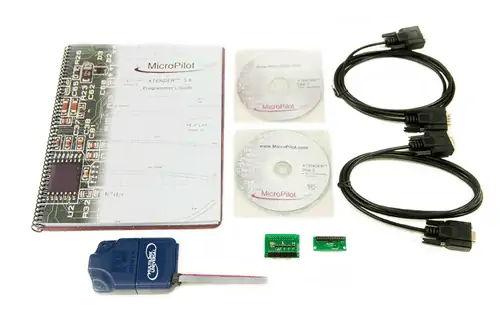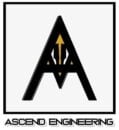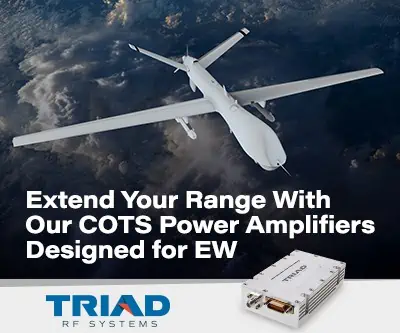Drone autopilot software is firmware that is installed on hardware flight controller boards and systems. It enables UAVs (unmanned aerial vehicles) to carry out fully autonomous missions without input from a human pilot, and can also assist the operator during remote controlled flight. In addition to UAVs, many autopilot software solutions also support other unmanned vehicles such as UGVs (unmanned ground vehicles), USVs (unmanned surface vessels) and UUVs (unmanned underwater vehicles).
Open Source Autopilot Software
A number of autopilot software packages are open-source, including PX4 and ArduPilot which are both used widely in the drone industry. Flight controller hardware may be optimized for use with one or more particular autopilot software stacks.
Autopilot software may provide a number of configurable features, including the ability to change aircraft parameters as well as upload custom waypoints and mission plans. If the autopilot can communicate with the GCS (ground control station) via a datalink, this can be done remotely during flight. The autopilot may also send back real-time information such as telemetry to the GCS. Information such as flight logs may also be stored on SD cards or the flight controller’s onboard memory.























